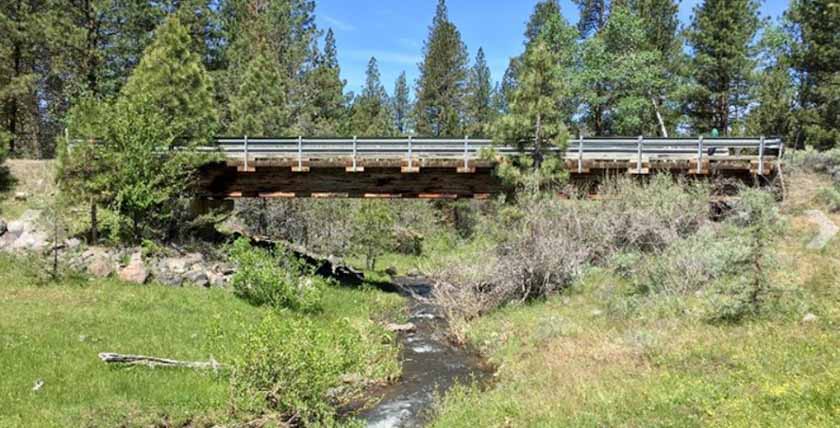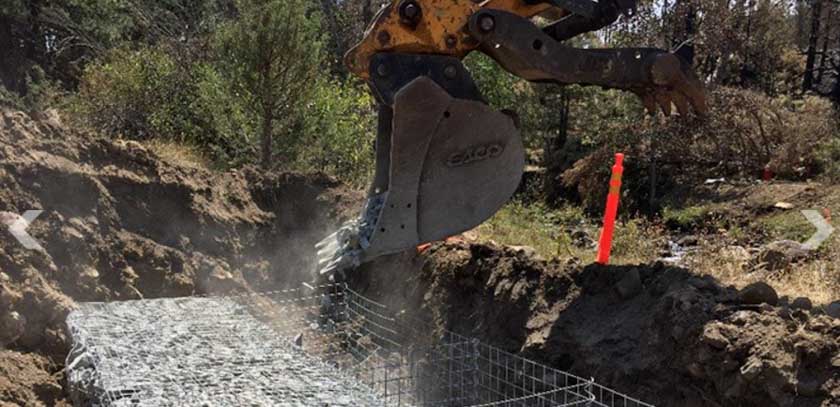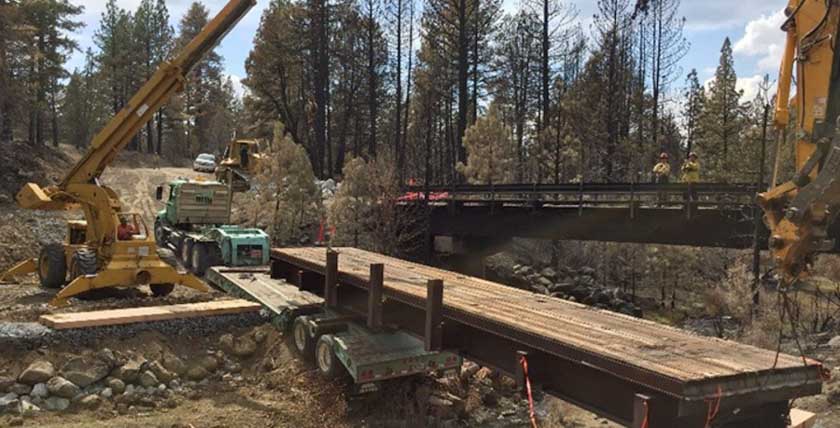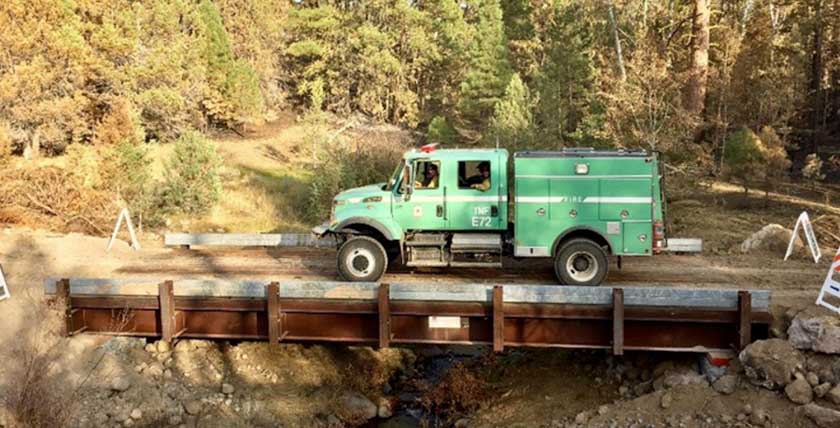(UPDATED at 3:11 p.m. MDT September 22, 2017)
U.S. Highway 40 that was closed by the Winter Valley Fire in northwest Colorado has opened, according to the Bureau of Land Management.
****
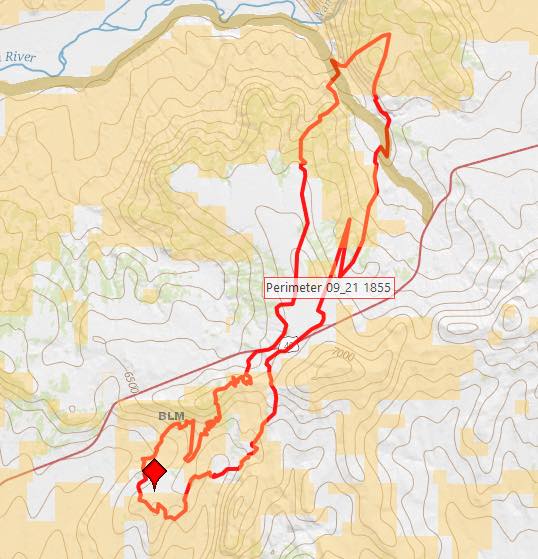
(Originally published at 11:28 a.m. MDT September 22, 2017)
A fire that was reported around noon Thursday just southeast of Elk Springs, Colorado spread quickly during the afternoon pushed by very strong winds gusting up to 50 mph. During the afternoon and night the wind was out of the south and southwest as the fire crossed Highway 40 and marched 10 miles to Cross Mountain to come within 15 miles of Maybell, Colorado.
The Calico weather station northwest of Elk Springs where these wind readings were recorded detected a major shift in conditions Friday morning. At 7 a.m. the wind had calmed to a slight breeze from the west and the relative humidity that had plummeted to 14 percent on Thursday had risen by 9:53 a.m. to 79 percent. The station also measured 0.02″ of precipitation at that time. A weather station in Dinosaur National Monument about 30 miles to the northwest of the fire recorded 0.15″ of precipitation Friday morning.
At about 9 p.m. on Thursday the Bureau of Land Management reported that the fire had burned 5,200 acres and was actively burning on Cross Mountain.
The incident closed U.S. Highway 40 in both directions after 2 p.m. from Maybell to Elk Springs, according to the Colorado State Patrol.
A BLM spokesperson said about 25 to 30 residences in the Deerlodge area were threatened by the fire and evacuations took place Thursday.
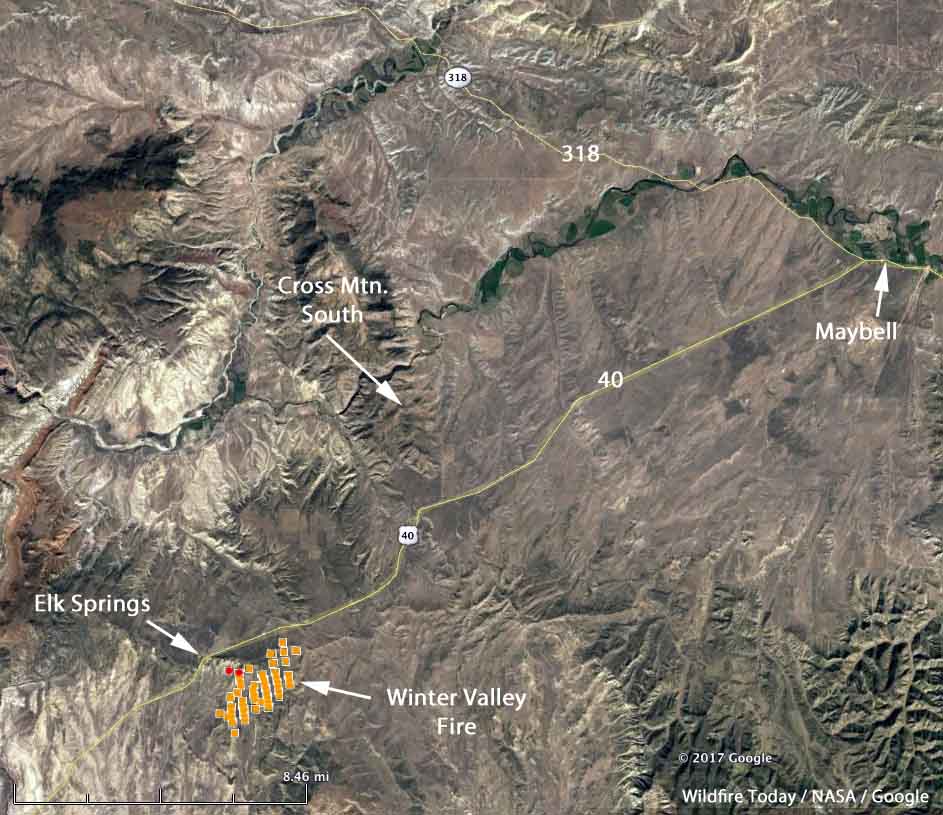
The fire, in BLM jurisdiction, is being managed by a Type 3 Incident Management Team. The agency reports that about half a dozen gas wells were within the perimeter of the blaze. A Federal Aviation Administration tower was also threatened.

About 150 personnel, including two Hotshot crews, are assigned or en route to the fire Friday.




